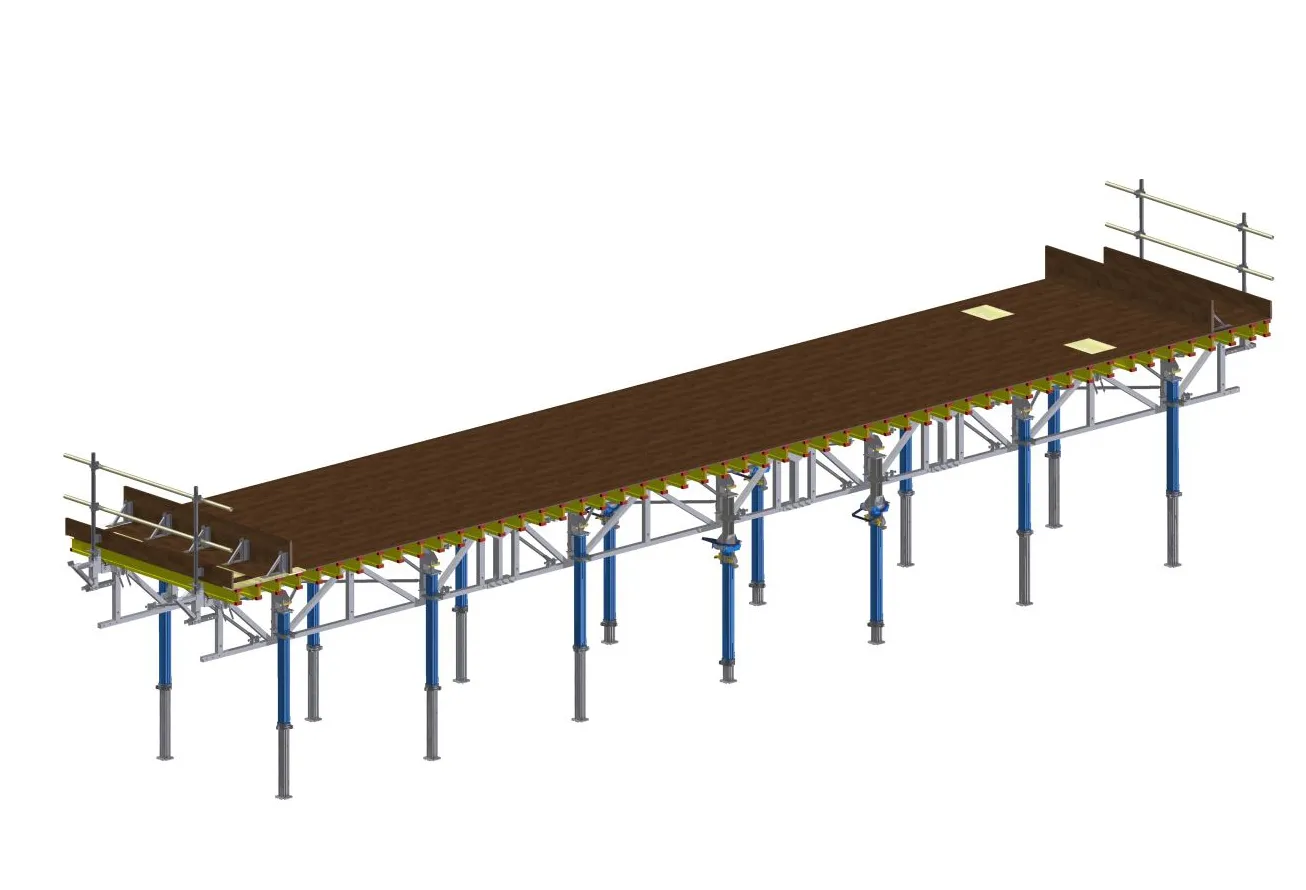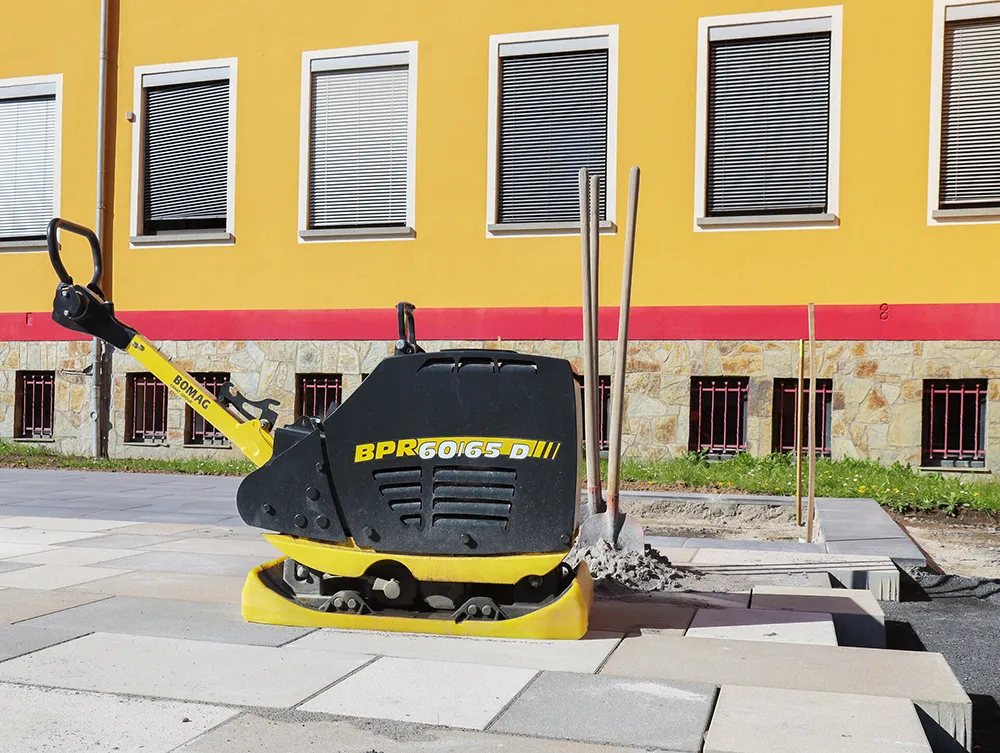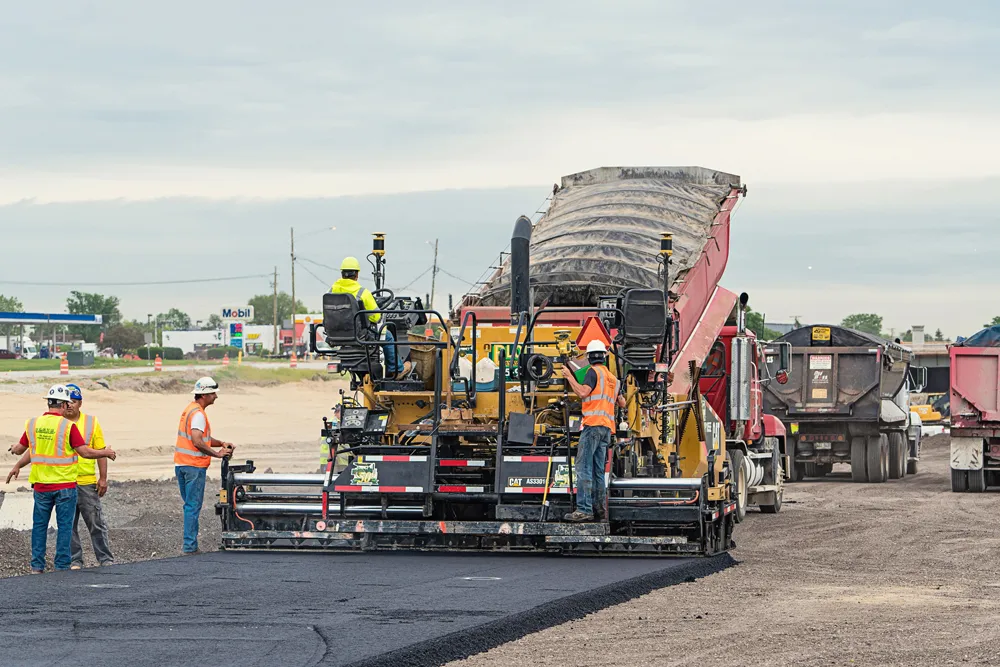The UK’s A591 road in Cumbria was badly damaged in last December’s storms but recent work on a retaining wall is making life easier for construction crews. The vital Lake District tourist route, which stretches between Grasmere and Keswick, has been closed between St Johns in the Vale and Dunmail Raise following storms Desmond and Eva. A new 106m retaining wall - the length of a football pitch - is being built in the beck alongside the part of the A591 which collapsed during the bad weather.
Contractors
June 17, 2016
Read time: 2 mins
The UK’s A591 road in Cumbria was badly damaged in last December’s storms but recent work on a retaining wall is making life easier for construction crews. The vital Lake District tourist route, which stretches between Grasmere and Keswick, has been closed between St Johns in the Vale and Dunmail Raise following storms Desmond and Eva. A new 106m retaining wall - the length of a football pitch - is being built in the beck alongside the part of the A591 which collapsed during the bad weather.
Contractors installed steel supporting posts and concrete panels along 35m of the new wall. Stone masons covered the concrete with local stones reclaimed from the flood in an effort to blend the new walls with the surroundings. Concrete was poured behind the concrete panels up to a thickness of 3.5m before a new road surface was laid on top.
At Thirlmere Reservoir, camera surveys of the drains underneath the southern section of the road allowed full repairs to be done. David Pluse,8100 Highways England’s project manager for the scheme, said photographs from the construction site allowed significant progress on work that was required.
Contractors installed steel supporting posts and concrete panels along 35m of the new wall. Stone masons covered the concrete with local stones reclaimed from the flood in an effort to blend the new walls with the surroundings. Concrete was poured behind the concrete panels up to a thickness of 3.5m before a new road surface was laid on top.
At Thirlmere Reservoir, camera surveys of the drains underneath the southern section of the road allowed full repairs to be done. David Pluse,








